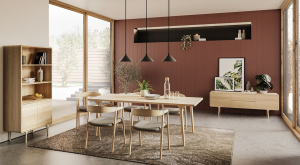Featured Post
How to Create an Eco-Friendly Outdoor Space: A Comprehensive Guide
Creating an eco-friendly outdoor space is more than just a trend—it's a commitment to sustainability and a way to enjoy nature while minimizing your environmental impact. Whether you're redesigning your patio, garden, or backyard, there are numerous ways to make your outdoor area both beautiful and sustainable. In this guide, we'll explore how to choose sustainable materials, incorporate native plants, implement energy-efficient solutions, and more. By the end, you'll have a clear roadmap to transform your outdoor space into an eco-friendly haven.
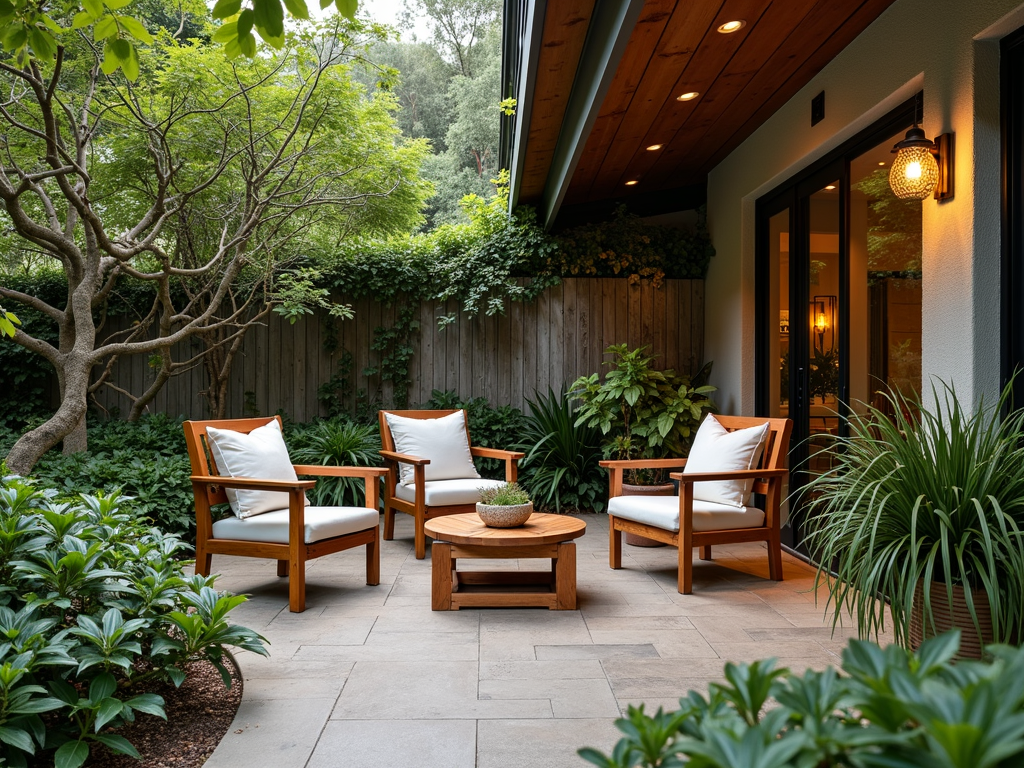
Choosing Sustainable Materials for Outdoor Structures and Furniture
When it comes to creating an eco-friendly outdoor space, the materials you choose play a crucial role. Opt for sustainable options that are durable, weather-resistant, and have a low environmental impact. For patio furniture, consider pieces made from recycled materials, such as reclaimed wood or recycled plastic. These materials not only reduce waste but also offer excellent durability for all-weather conditions.
For example, I recently revamped my patio using furniture made from reclaimed teak. Not only does it look stunning, but it also has a much smaller carbon footprint compared to new wood. Additionally, look for certifications like FSC (Forest Stewardship Council) to ensure the wood is sourced responsibly.
When selecting materials for outdoor structures like decks or pergolas, consider alternatives to traditional wood. Bamboo, for instance, is a fast-growing, renewable resource that can be used for decking and fencing. It's also incredibly strong and resistant to weathering, making it an excellent choice for outdoor use.

Incorporating Native Plants and Water-Conserving Landscaping
One of the most effective ways to make your outdoor space eco-friendly is by incorporating native plants. Native plants are adapted to your local climate and soil, requiring less water and maintenance than non-native species. They also provide habitat for local wildlife, supporting biodiversity.
In my own garden, I replaced thirsty exotic plants with native wildflowers and shrubs. Not only did this reduce my water usage, but it also attracted pollinators like bees and butterflies, creating a vibrant, living ecosystem.
To further conserve water, consider implementing landscaping techniques like xeriscaping, which focuses on drought-tolerant plants and efficient irrigation. Installing a rain barrel to collect and reuse rainwater for irrigation is another simple yet effective strategy. Mulching around plants can also help retain soil moisture and reduce the need for frequent watering.
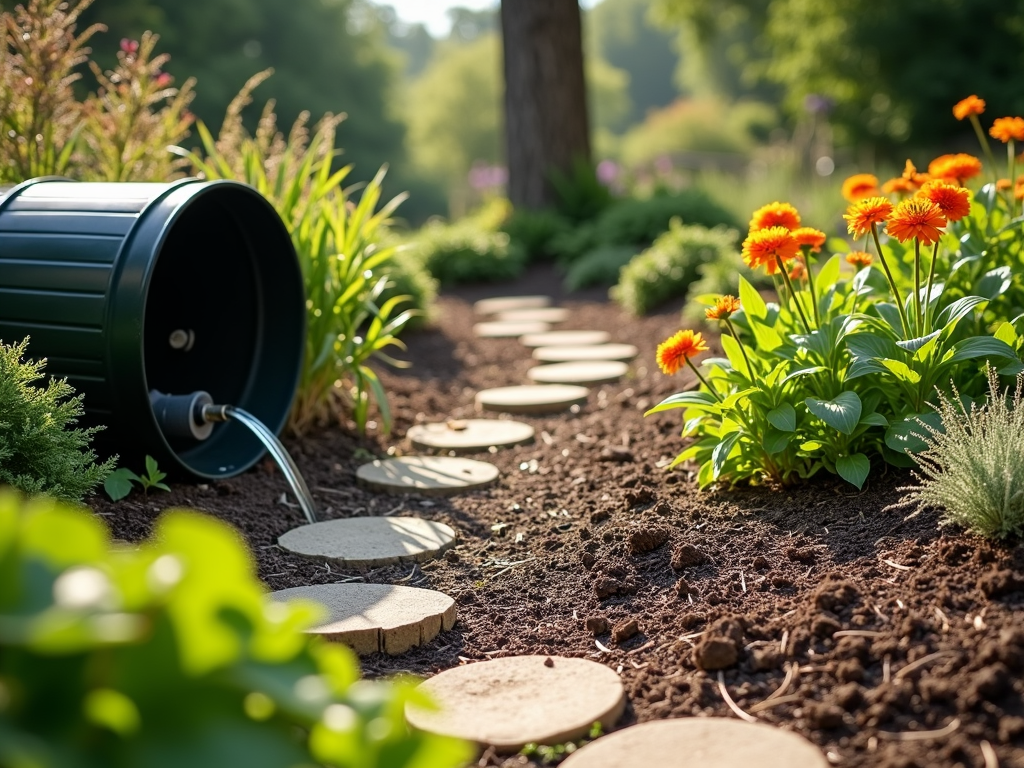
Implementing Energy-Efficient Lighting and Heating Solutions
Lighting and heating are essential for enjoying your outdoor space year-round, but they can also be significant energy drains. To make your outdoor area more sustainable, opt for energy-efficient solutions.
Solar-powered lights are an excellent choice for outdoor lighting. They harness the sun's energy during the day and provide soft, ambient light at night without increasing your electricity bill. I installed solar lanterns along my garden path, and they not only look charming but also reduce my energy consumption.
For heating, consider using a fire pit fueled by sustainably sourced wood or a bioethanol fireplace, which burns clean and doesn't produce harmful emissions. These options provide warmth and ambiance while minimizing your environmental impact.
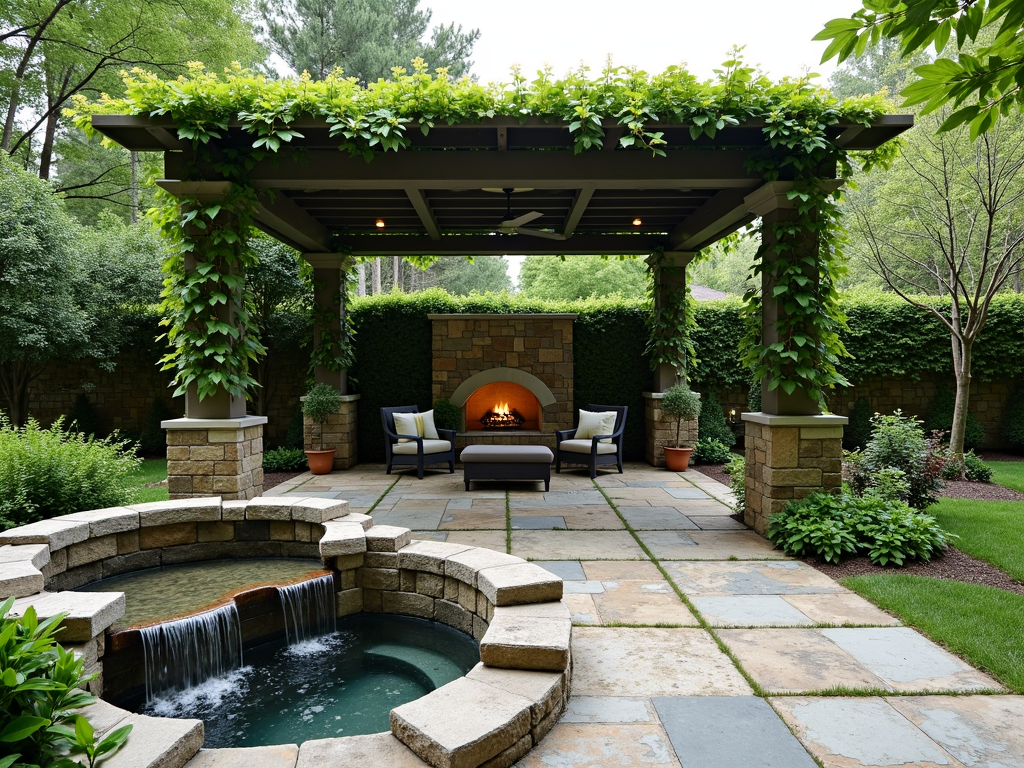
Using Eco-Friendly Pest Control and Maintenance Practices
Maintaining an eco-friendly outdoor space also means adopting sustainable pest control and maintenance practices. Avoid chemical pesticides and fertilizers, which can harm the environment and local wildlife. Instead, use natural alternatives like neem oil, diatomaceous earth, or companion planting to deter pests.
For example, I planted marigolds around my vegetable garden to naturally repel insects. This not only kept my plants healthy but also added a pop of color to the space.
Regular maintenance is key to keeping your outdoor space looking its best. Use manual tools like push mowers and hand trimmers instead of gas-powered equipment to reduce emissions. Composting kitchen scraps and yard waste can also provide nutrient-rich soil for your plants, closing the loop on waste.

Creating a Functional and Aesthetically Pleasing Design
An eco-friendly outdoor space should be both functional and beautiful. When designing your space, think about how you can maximize its usability while minimizing its environmental impact.
For instance, creating multi-functional areas can reduce the need for additional structures. A pergola can provide shade for a dining area and support climbing plants, adding greenery without taking up extra space. Similarly, using permeable paving materials for walkways allows rainwater to seep into the ground, reducing runoff and supporting groundwater recharge.
Aesthetics are also important. Choose a color palette and design elements that complement your home's architecture and the natural surroundings. Incorporating natural elements like stone, wood, and water features can create a serene, inviting atmosphere.
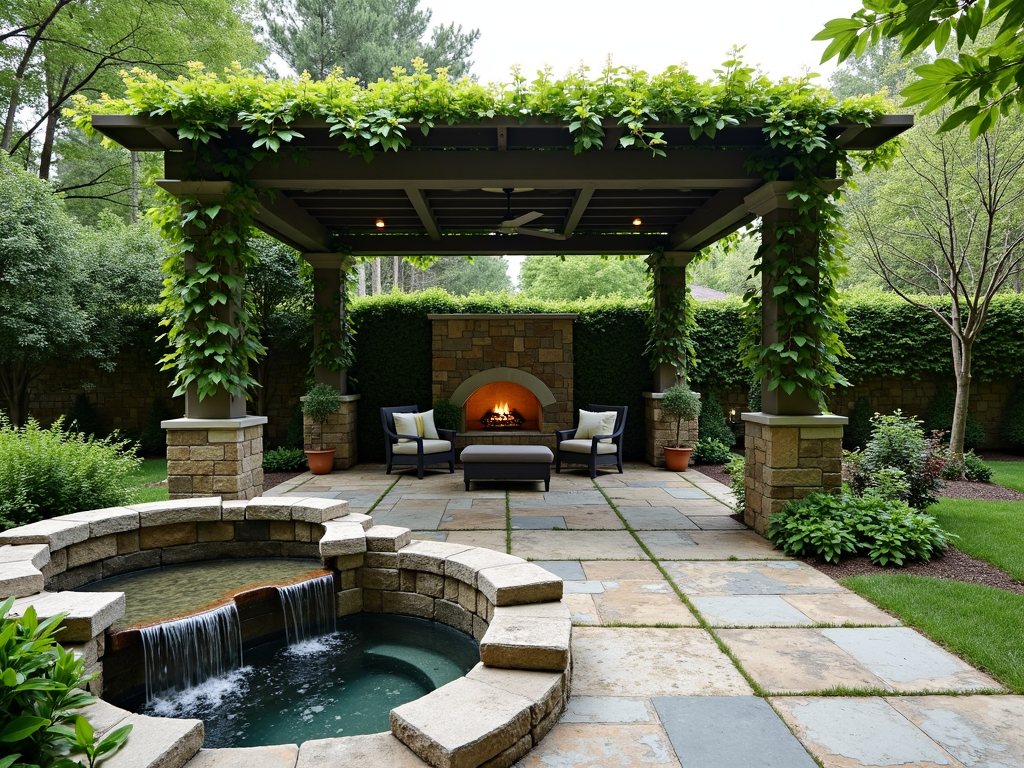
Summary
Creating an eco-friendly outdoor space is a rewarding endeavor that benefits both you and the environment. By choosing sustainable materials, incorporating native plants, implementing energy-efficient solutions, and adopting eco-friendly maintenance practices, you can transform your outdoor area into a beautiful, sustainable haven. Remember, every small step counts—whether it's opting for recycled furniture or planting a native flower bed. Start with one change and build from there, and soon you'll have an outdoor space that you can enjoy guilt-free.



